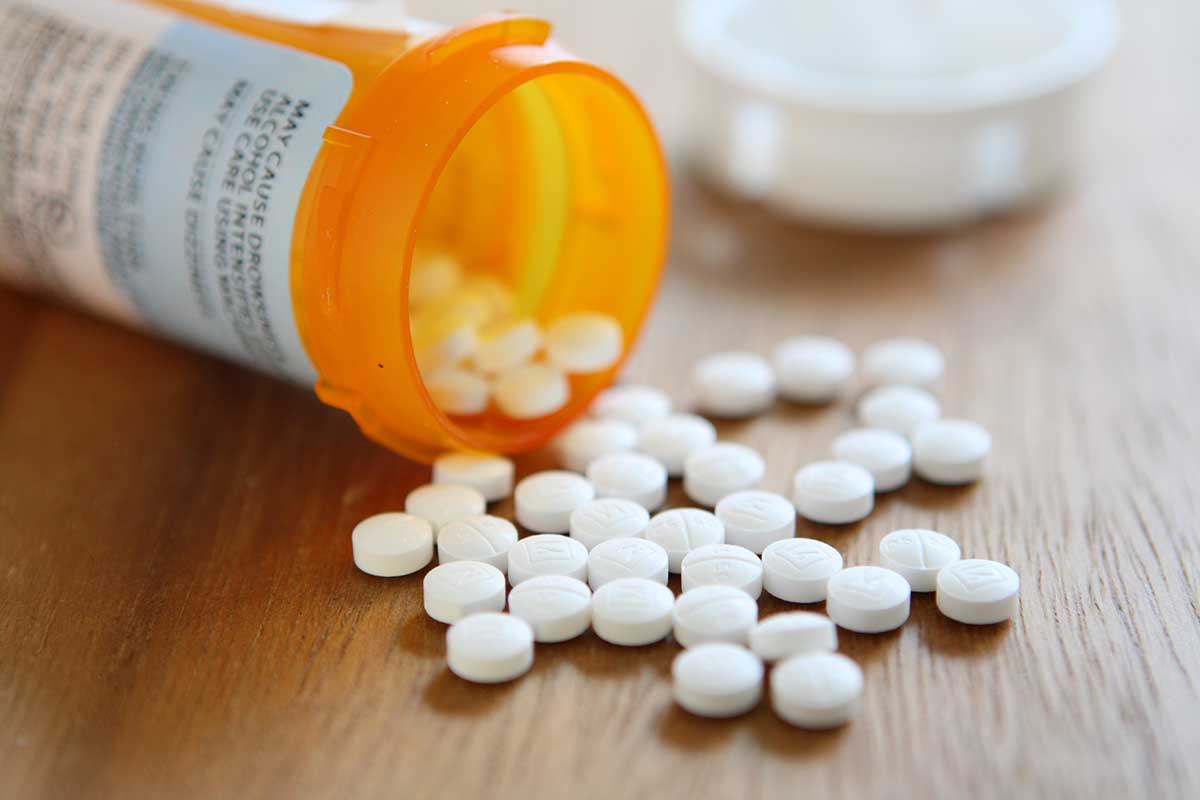When you consider Vyvanse vs. Adderall, it’s important to understand that they are similar drugs. Both drugs are central nervous system stimulants and are typically used to treat attention deficit hyperactivity disorder or ADHD. They are also both derived from amphetamines, which means that they carry a risk of dependence and abuse, leading to a need for a prescription drug addiction treatment center.
At Venture Academy, our team of experts provides comprehensive treatment for teens who need some help to get their lives back on track.
Vyvanse vs. Adderall Differences
The main difference between Vyvanse and Adderall is that Adderall contains amphetamine and dextroamphetamine, which are amphetamine salts. On the other hand, Vyvanse contains an element that the body converts to an amphetamine salt. Because of the time needed to convert into this salt, the side effects of Vyvanse are usually less severe than Adderall.
The side effects of Vyvanse include anxiety, diarrhea, dry mouth, irritability, appetite loss, sleep troubles, and upper stomach pain. Side effects of Adderall are a bit more pronounced and include rapid heartbeat, blood pressure changes, sweating, fever, agitation, and muscle stiffness.
Another difference between the two drugs is that Vyvanse cannot be ground up for snorting or mixed with water for injections. On the other hand, Adderall is commonly abused in this fashion. Vyvanse has to be taken orally in order to affect.
Similarities of Vyvanse vs. Adderall
Both Vyvanse and Adderall are considered Schedule II federally controlled substances due to problems with abuse and dependence. Because of this, patients are encouraged to tell their doctor if they have a family history of substance abuse or if they have ever abused alcohol or other drugs. However, as previously mentioned, the main difference between Vyvanse and Adderall in terms of abuse is that it’s a little harder to abuse Vyvanse.
The reason for Vyvanse’s lower abuse threshold is because it’s a prodrug. This means that the body takes longer to metabolize it. In fact, it’s not even an active medication until the body metabolizes it. As such, it is advertised as less risky in terms of abusing it. However, both drugs have a similar half-life, with Adderall having 11 to 13 hours and Vyvanse having 10 to 12 hours. Both drugs are listed as psychostimulants.
Symptoms of Vyvanse and Adderall Abuse
Both drugs are used most often by teens and young adults, so they are also more likely to be contributors to teen substance abuse. Taking too much of either drug can build up a tolerance, which requires even more of the drug to achieve the desired high. Both Vyvanse and Adderall produce similar symptoms when abused. Some of these symptoms include:
- Strong cravings for the drug
- Leaving responsibilities for family, work, or school in favour of taking the drug
- Withdrawal symptoms when reducing or ceasing drug use
- High tolerance for large amounts of the drug
- Shaking, twitching, and shortness of breath
Give Your Teen the Chance to Overcome Addiction
If your teen is exhibiting signs of Vyvanse or Adderall abuse, then Venture Academy can help. We have two locations in Canada, in Red Deer, Alberta and Barrie, Ontario. We offer the following services and programs to help your teen get out of substance abuse:
- Youth detox program
- Individual psychotherapy
- Group therapy
- 30-day assessment and intervention
- Teen trauma treatment
- School programs and education
- Family therapy
Find out more about Vyvanse vs. Adderall by reaching out to Venture Academy today. Don’t let your teen’s drug abuse control their life or your life any longer. Give us a call at 866.762.2211 to find out how we can provide the comprehensive care that your teen may need to feel like themselves again, without the influence of Vyvanse or Adderall.







